Hannah Barry Gallery x Foolscap Editions, London
Editor
2025
Lo Brutto Stahl, Paris & Basel
Exhibition Text
2024
Hannah Barry Gallery x Foolscap Editions, London
Editor
2024
émergent, London
Interview
2024
DUVE, Berlin
Exhibition Text
2024
émergent, London
Interview
2024
Incubator, London
Exhibition Text
2023
QUEERCIRCLE, London
Exhibition Text
2023
L.U.P.O., Milan
Catalogue Essay
2023
Tarmac Press, Herne Bay
Catalogue Essay
2023
Brooke Bennington, London
Exhibition Text
2023
Freelands Foundation, London
Catalogue Essay
2023
superzoom, Paris
Exhibition Text
2023
Lichen Books, London
Catalogue Essay
2022
Tennis Elbow, New York
Exhibition Text
2022
émergent, London
Interview
2022
Guts Gallery, London
Exhibition Text
2021
Kupfer Projects, London
Exhibition Text
2021
Collective Ending, London
Catalogue Essay
2021
L21 Gallery S’Escorxador, Palma De Mallorca
Exhibition Text
2021
TJ Boulting, London
Exhibition Text
2021
Quench Gallery, Margate
Exhibition Text
2021
COEVAL, Berlin
Interview
2021
COEVAL, Berlin
Interview
2021
Read the full interview here .
— Extract —
Charlie Mills: External Pages was launched in 2018 to support artists in the creation of ambitions net.art projects. The commissions you choose harnesses the instrumentality of computer technology with ideals of xenofeminist and anti-capitalist politics. Why did you start External Pages and what are the guiding philosophies that inform your commissioning process?
Ana Meisel: It’s funny to think about the reason behind starting External Pages because it’s excruciatingly basic. As a teen I found solace in blogging. I customised web pages and loved tailoring public spaces to my own accuracy. The difficulty in creating visuals via coding stimulated my fixation. After graduating from a BA Design course, being desperate for a future pushed me to think outside of what the internet has provided artists.
External Pages was a DIY initiative that wouldn’t cost anything. Artists could be free to show whatever they wanted publicly, and I could help to build that vision. I was reading a lot about cyberfeminism and internet art and understood the competitiveness of online spaces. A thought that stuck with me the most is from OurSpace: Taking the Net in Your Hands by Stephanie Bailey: 'By nature, the internet—like real space—is not public at all. It is negotiated, managed, contested, and contracted.'
Your latest commission is from Camila Galaz, a Chilean-Australian artist based in Los Angeles. Focusing on the impact of COVID-19 on the current Estallido Social movement, we find ourselves navigating the online video-essay through a control panel interface found on the classic Tulip chairs of the Cybersyn Opsroom. How does Camila’s work bring together this piece of ergonomic 70’s cybernetica with the ongoing protests in Chile?
Project Cybersyn was a socialist technological project that aimed to create an automated system for the management of a national planned economy. Camila’s proposal made a comparison between the current protests and Cybersyn in order to add a historic perspective of Chile. Her piece,
REDES: bread and justice, peaches and bananas
, conveys what the Chilean demonstrators have done with platform technologies despite their neoliberal origin. Instagram, an app designed in principle for users to gloat, is now used to mobilise by voicing acts of state violence, and call-outs to demonstrate.
Placing protesting content against the Cybersyn interface, Camila communicates the strange evolution of these technologies. Cybersyn was conceived to distribute and equalise the economy, and capitalists gave us Instagram to protest capitalism. The significance of the ergonomic chair is that it is symbolic of the 60s and 70s when digital technology was first being publicly implemented. The 7 tulip chairs in the Cybersyn Ops room were distributed in a circle, so that the operators could interact with the screens on the walls via a control panel on the chair’s arm and then swivel around to communicate with their co-workers. This physical connectedness highlights how at odds our current technology is with cybersyn’s ergonomic ideology.
We haven’t made much technological progress since governmental tech projects like ARPANET, OGAS and Cybersyn. All big infrastructure projects—the computer, space travel, the Panama Canal—were created by governments. People argue that one of capitalism’s greatest inventions is the iPhone: a habit-forming device, made to stare at for as long as possible. We have a generation of people with internet addiction which has shown to decrease the wellbeing of people and increase suicide rates.
Using Camila’s project as an example, can you sketch out how the process works of supporting artists to produce new online works? In many cases, those you work with have little to no-experience in back-end coding or the experience in the digital languages required to create the artwork as we see it.
When I was first thirsty for the internet I understood the importance of distance from your art. That’s why collaboration is so important: you can distribute the weight of a project while giving each other space for perspective. I like working with people that are not weighed down by the difficulty of creating their vision, which is key to why External Pages works with artists that don’t necessarily code.
When Camila responded to External Pages’ open call her premise was fully developed, she had a clear vision of what she wanted to communicate and an idea of the general interface. Together we figured out the details of this interface and moulded it along the way. She would suggest interactions and I would explain how long it would take to make. I proposed user experiences, we discussed visuals, interactions and animations with graphic designer Effie Crompton, and usually called once a week to discuss updates and next steps. Sometimes artists need a stronger guide to realising their project, in which case I propose a few interfaces early on and why I think they work well with the theory. They then develop their thinking around these but it is up to them to decide on an ultimate direction.
Your previous commissions have looked at how issues including gender identity, black visual culture, service work or intimacy influence digital space. In your own experience, and from that of External Pages, how has the interface of the internet transformed in recent years to one where minority groups are often still-left at the receiving end of a typically white and masculine-coded environment?
There is so much bigotry that translates from offline biases to online. Just because something is automated or computerised doesn’t mean it’s progressive, which is what External Pages aims to highlight. In
Uchronia et Uchromia
, Rhea Dillon looked at the act of questioning: how it can be harmful and how the user’s passiveness can be challenged by appropriating this confrontation of questioning. Forms, questionnaires and tests are a perfect format for digitalisation and are often seized by institutions as surveillance and gatekeeping techniques. Dillon was able to make that really clear in this piece, while taking the concept even further and turning it back at the user, probing our deeper and sometimes subconscious instillings of white supremacist thought.
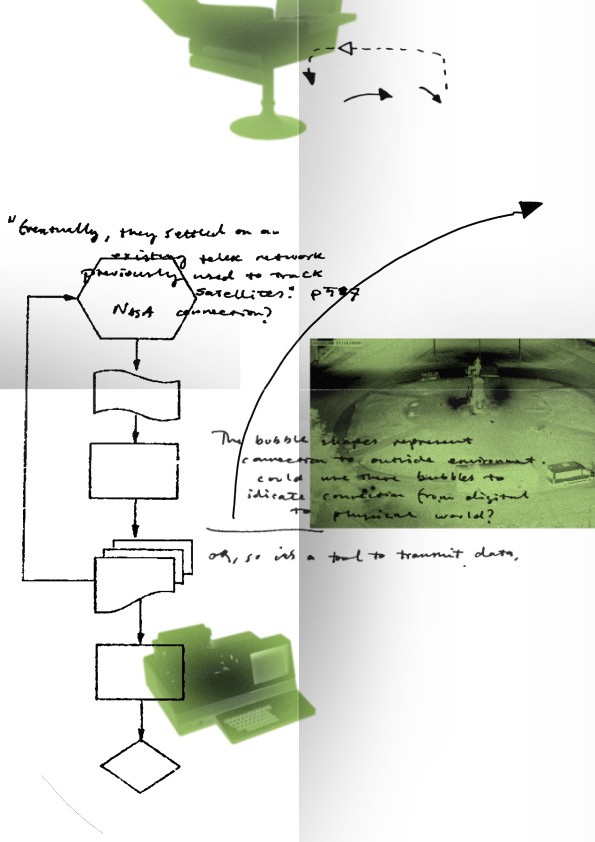
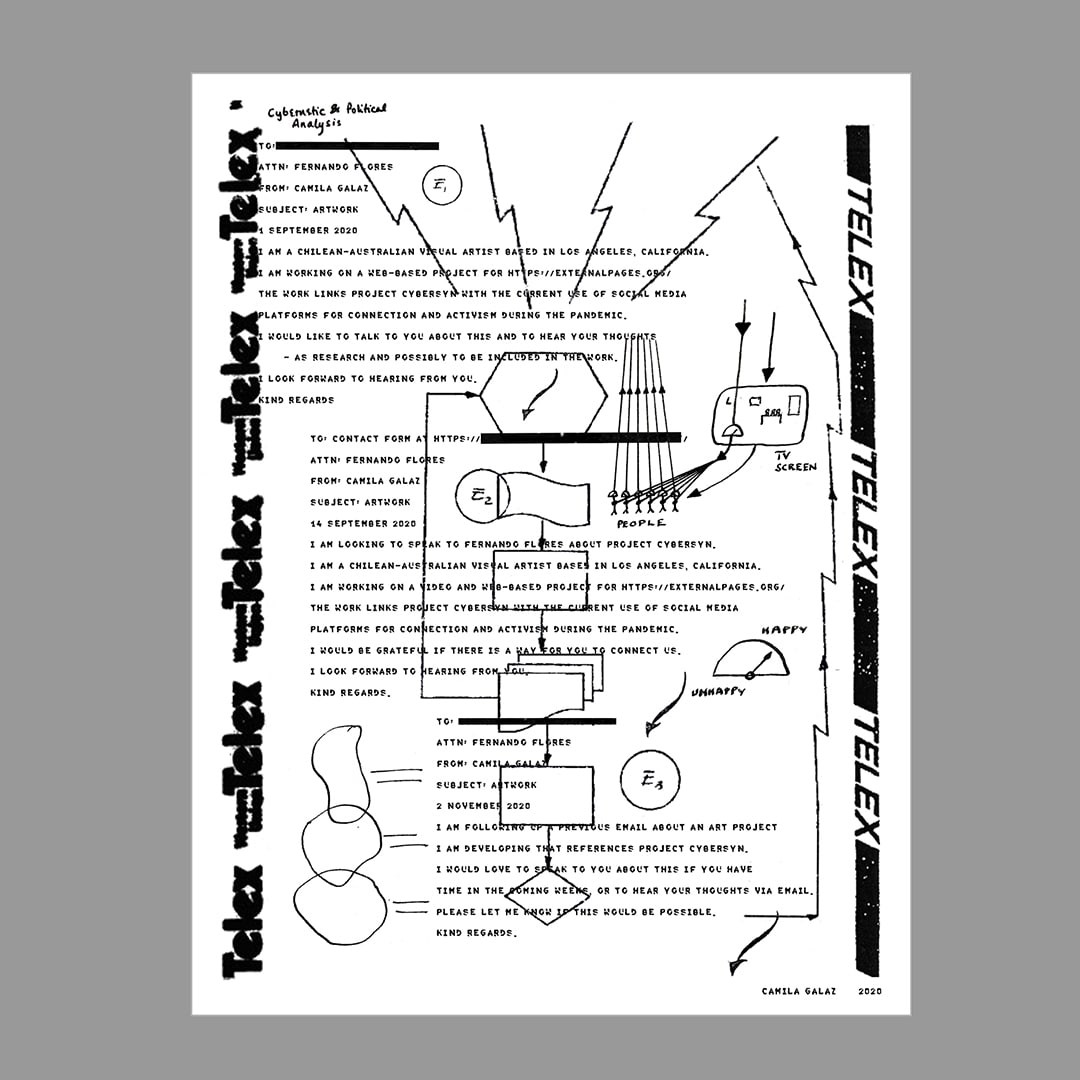
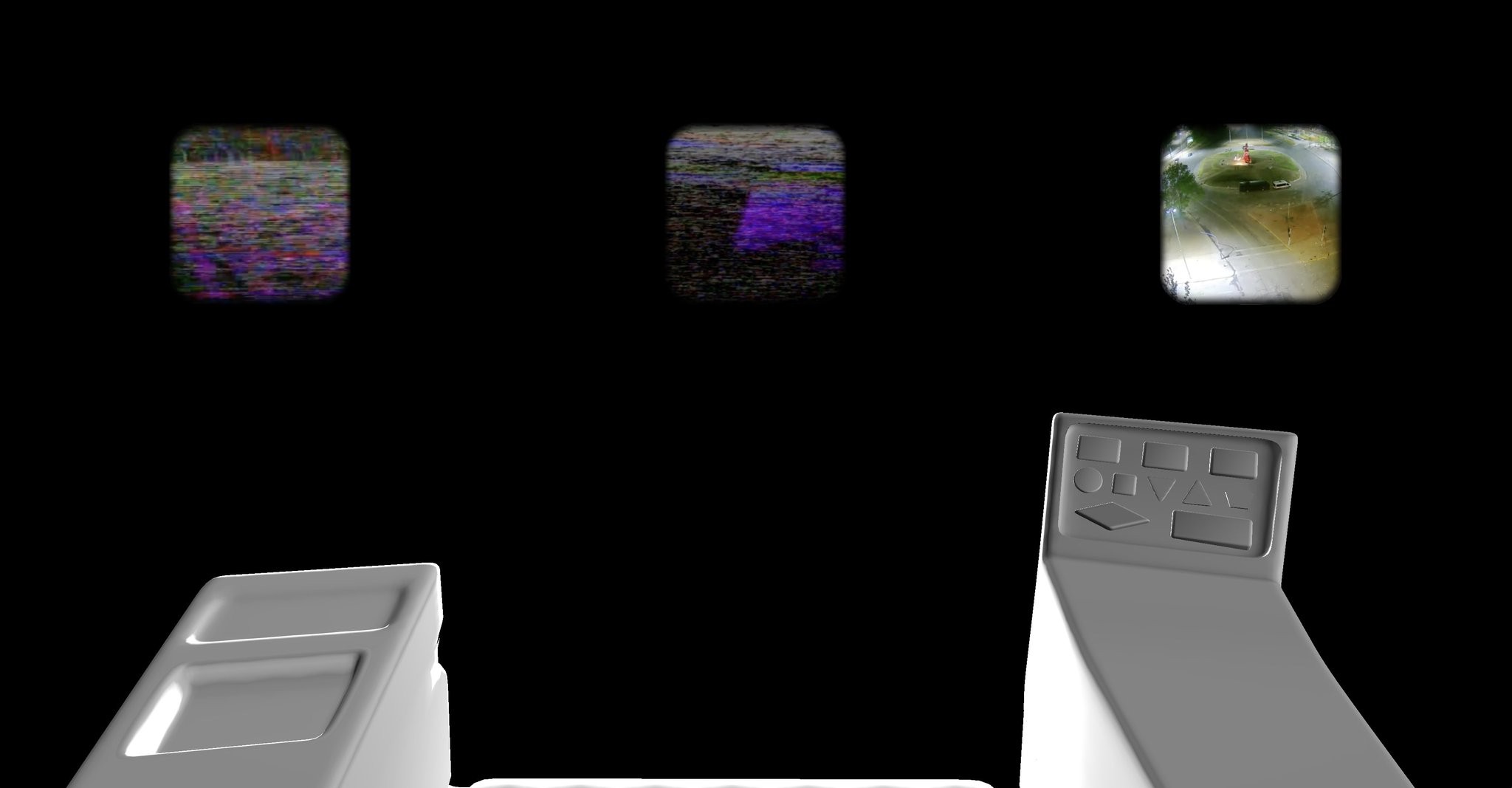
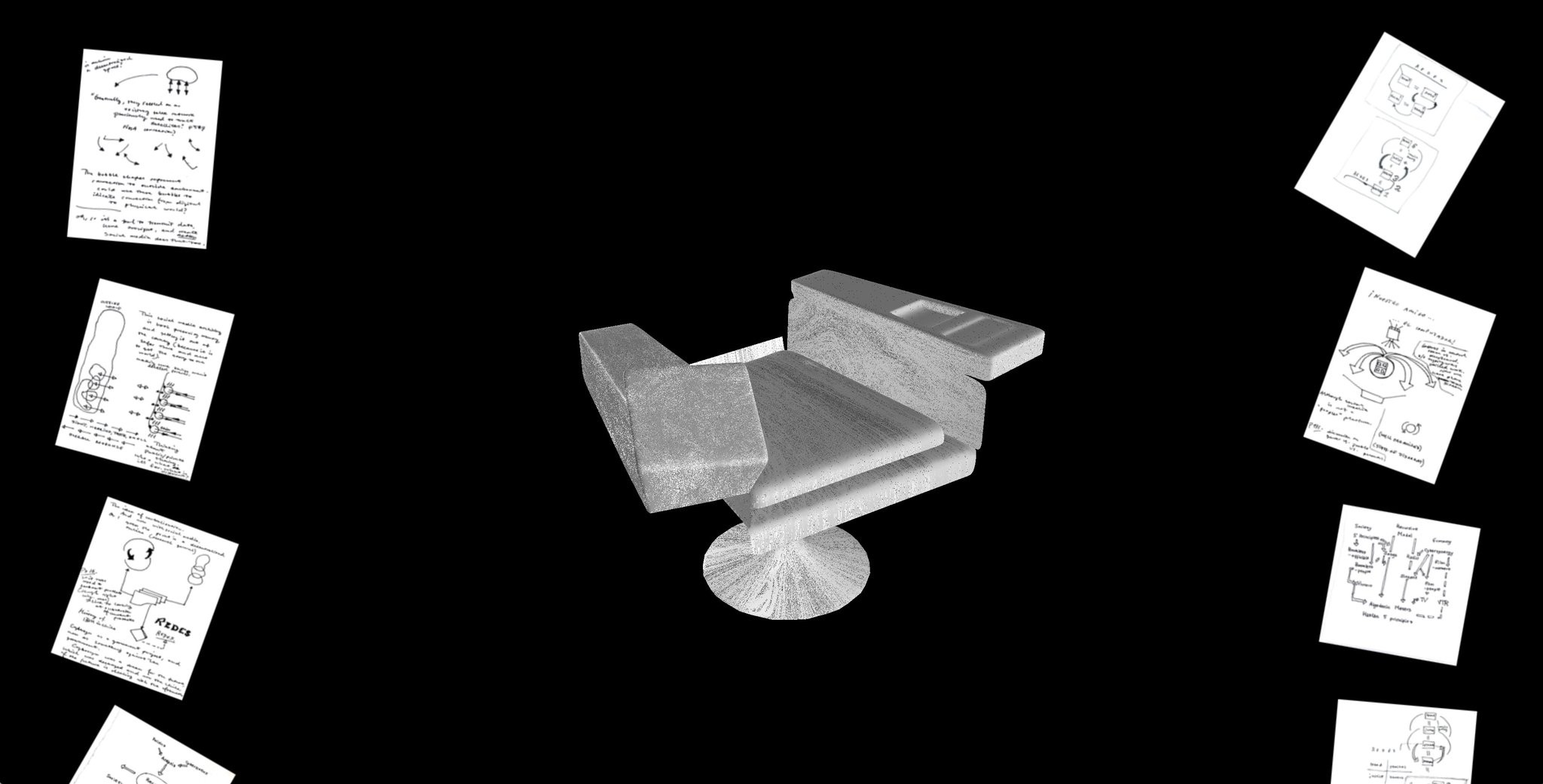
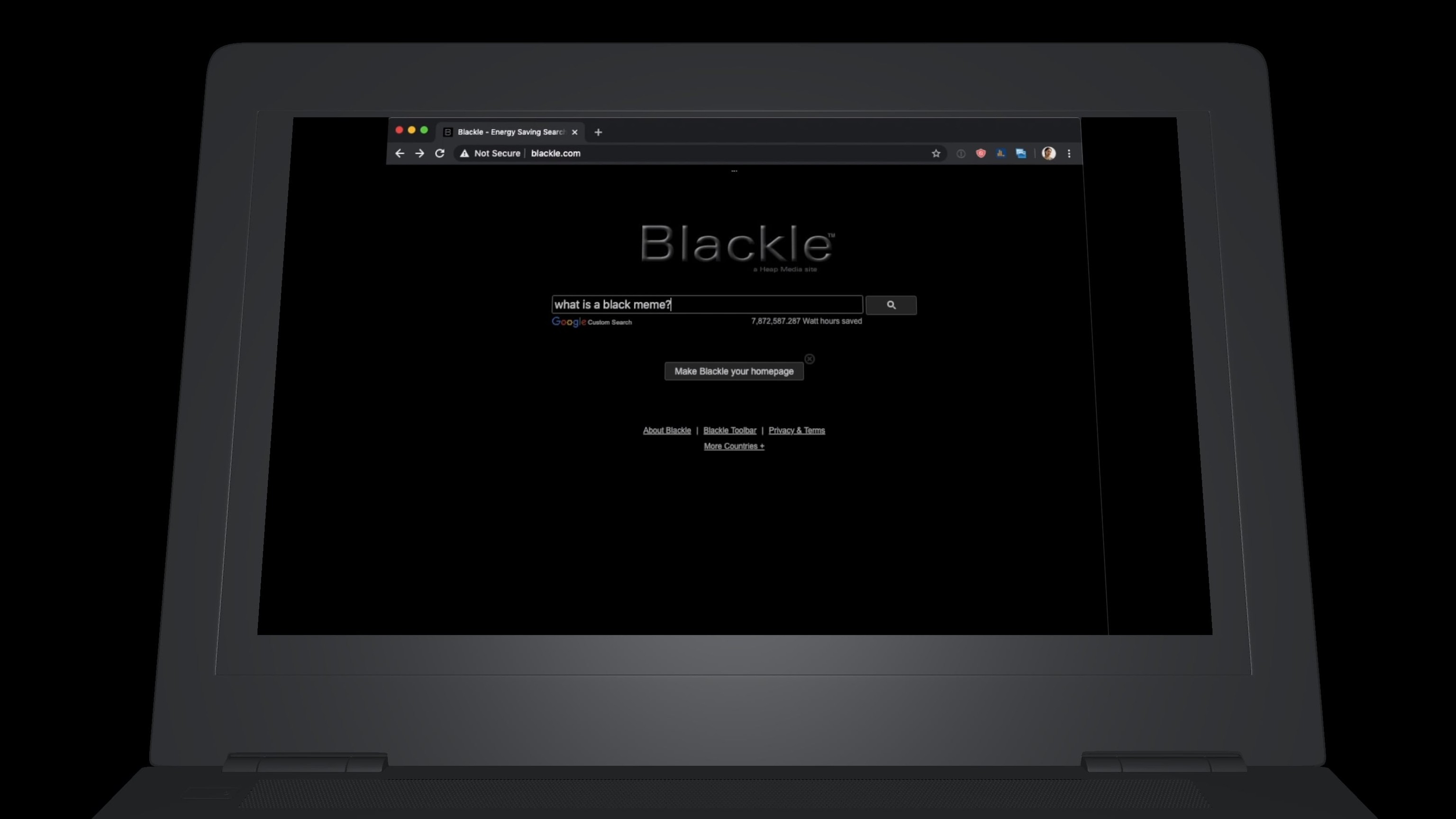
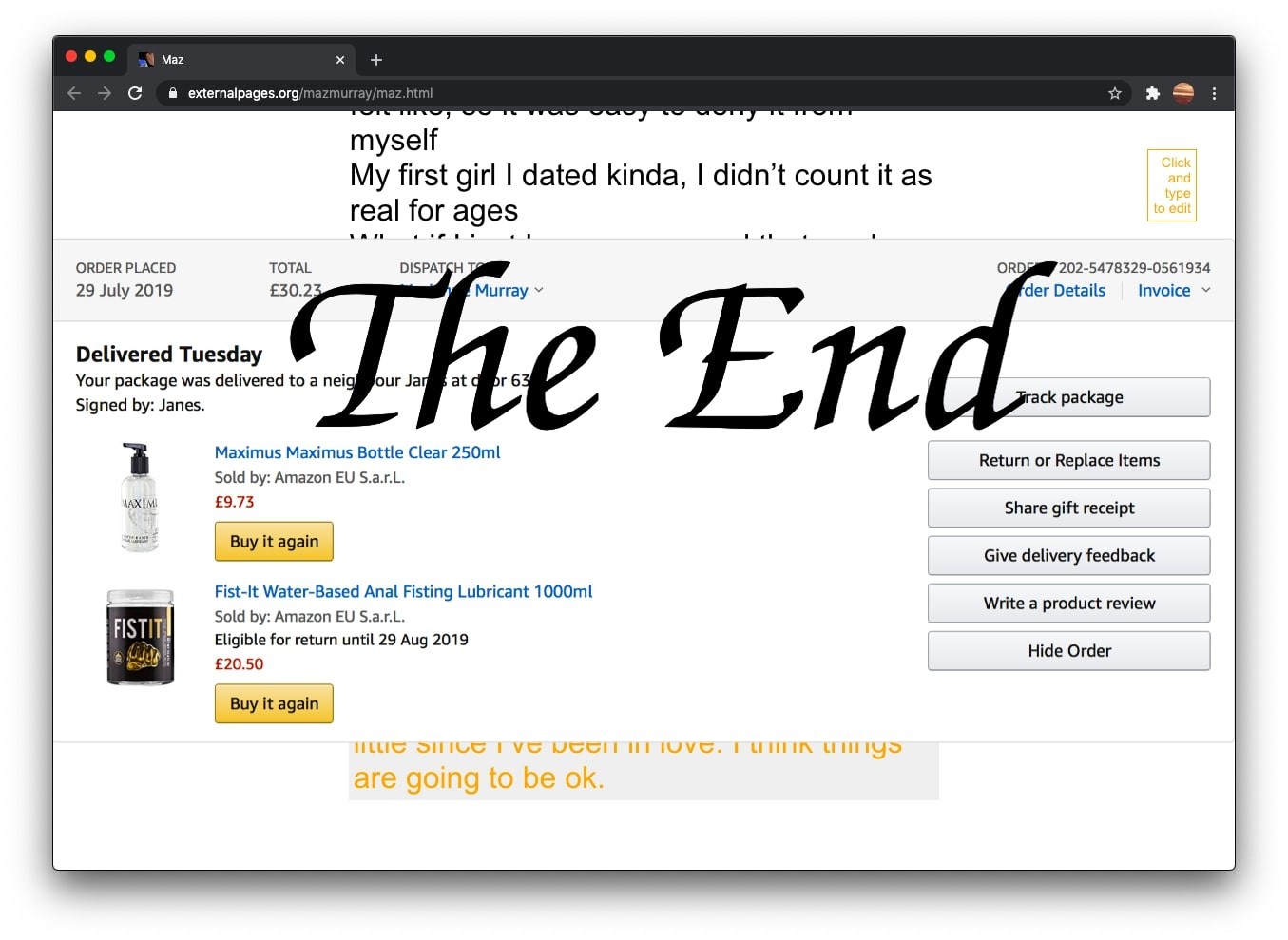
Foolscap Editions, London
Catalogue Essay
2020
Gentrified Underground, Zurich
Catalogue Essay
2020
Camberwell College of Arts, London
Exhibition Text
2019
Kronos Publishing, London
Editor
2019
Elam Publishing, London
Editor
2019
William Bennington Gallery, London
Catalogue Essay
2019
Elam Publishing, London
Catalogue Essay
2018
Camberwell College of Arts, London
Exhibition Text
2018
Limbo Limbo, London
Exhibition Text
2017
Saatchi Art & Music Magazine, London
Review
2017
B.A.E.S., London
Exhibition Text
2016